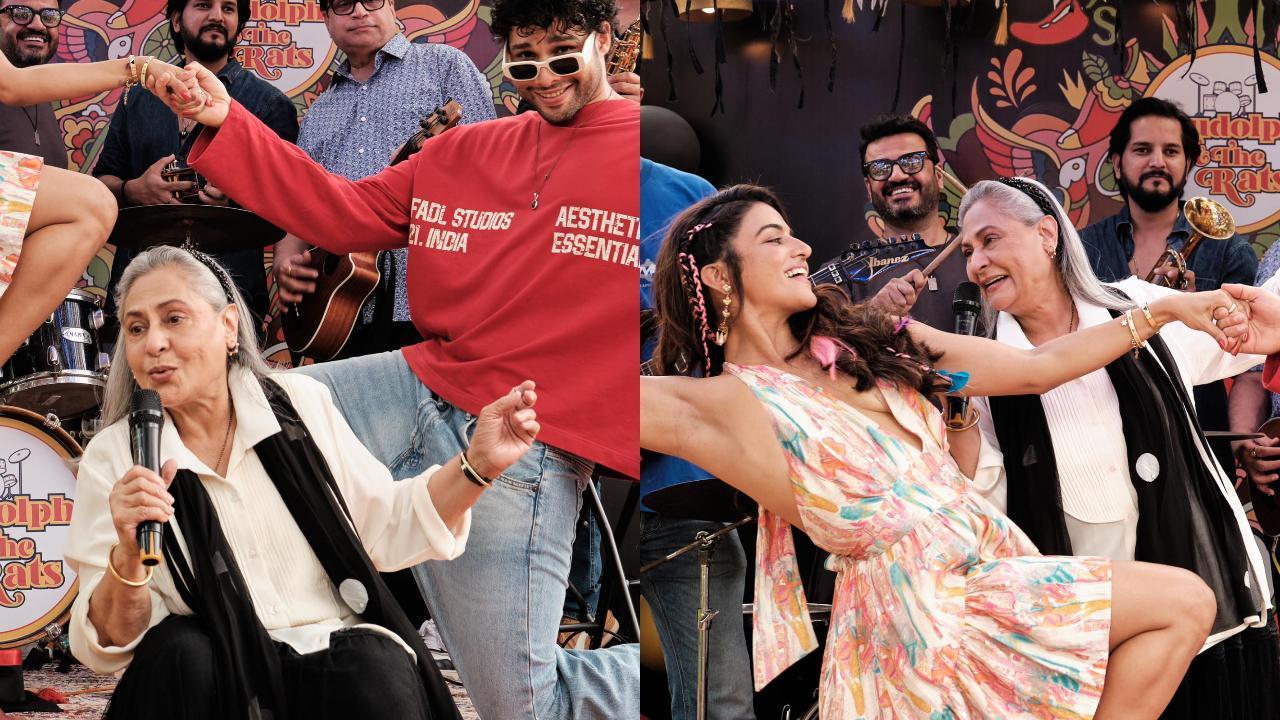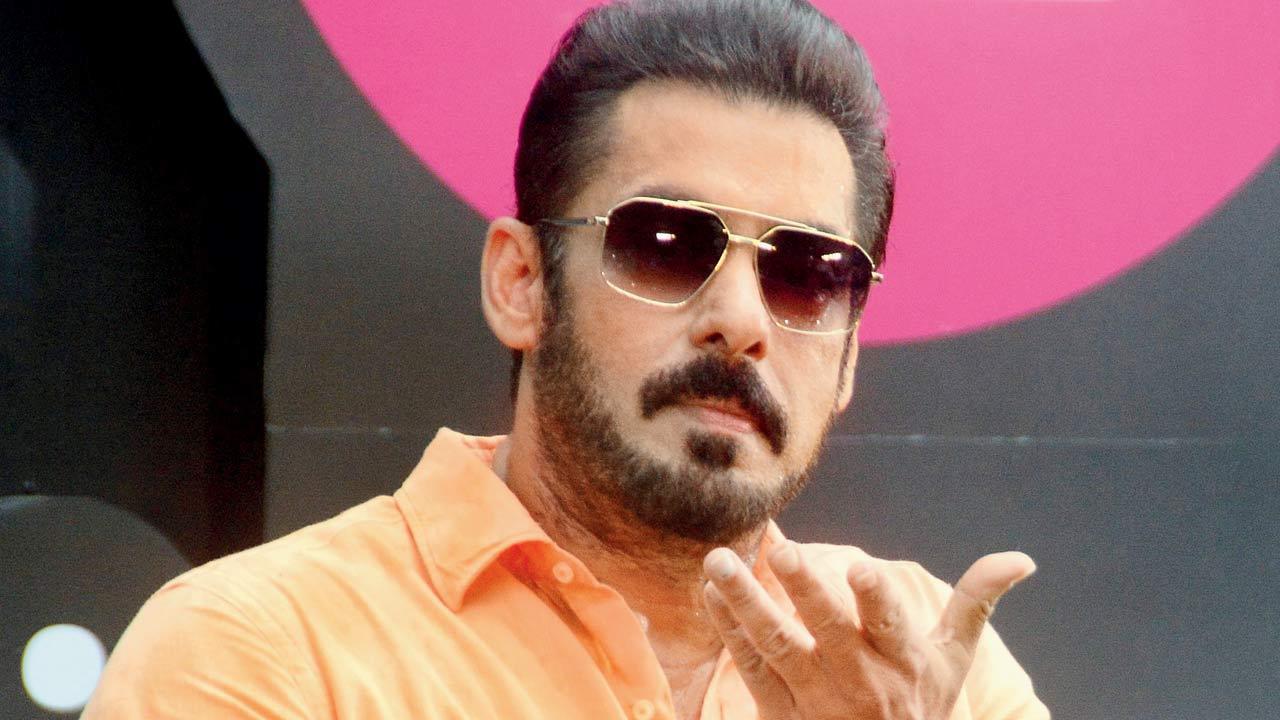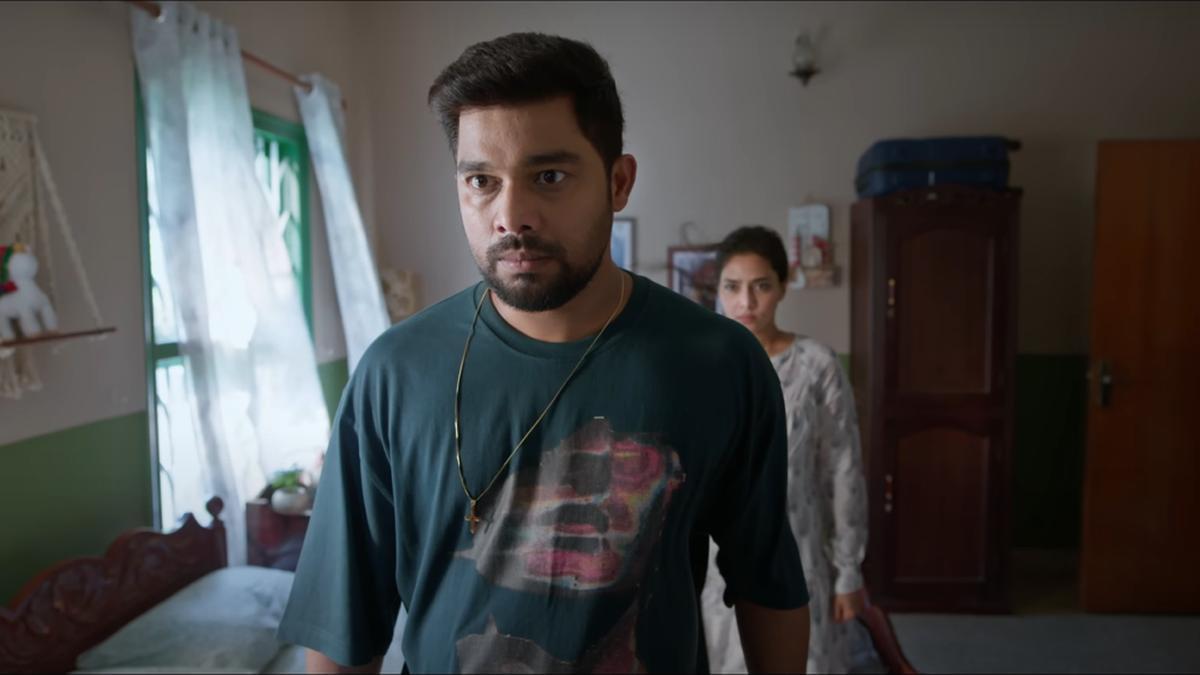
The bustling city of Bengaluru recently played host to the evocative and contemplative choreography of German artist Moritz Ostruschnjak. His piece ‘Tanzanweisungen’ (It Won’t Be Like This Forever) was brought to life as part of the Attakkalari India Biennale 2024, held at the Bangalore International Centre. The performance, a 30-minute solo act exhibited by Daniel Conant, serves as a self-reflective journey through dance, interwoven with ironic references that challenge concrete definitions, resonating with the audience on multiple levels.
The tour of this profound project across India received support from the Bavarian State Association for Contemporary Dance (BLZT), under the patronage of the Bavarian State Ministry of Science and the Arts. Ostruschnjak’s connection to dance began far from the traditional backdrop of a ballet studio; it was the streets where he first embraced the physicality and expression of breakdancing. His formal dance education later took place at Iwanson International in Munich, followed by training under the guidance of the legendary Maurice Béjart in Lausanne.
Since 2013, Ostruschnjak has navigated the world of freelance choreography, creating distinct works such as ‘Island of Only Oneland,’ ‘Text Neck,’ ‘BOIDS,’ ‘UNSTERN,’ and ‘AUTOPLAY,’ and has enjoyed showcasing his art at numerous European festivals. The scope of his talent did not go unrecognized; Ostruschnjak is counted among the Aerowaves Twenty21 Artists and was honored with the Promotion Award Dance of the City of Munich in 2020.
Speaking from the Attakkalari Centre over his lunch break, the 41-year-old choreographer shed light on his journey from street art to stage art. His foray into the world of dance began at the age of 13 with graffiti art, where he discovered hip-hop culture and subsequently breakdancing. His move to Munich—known for its robust breakdancing community—marked a period of intense practice and immersion in the craft.
Ostruschnjak’s approach to dance reflects a melding of influences; he sees contemporary dance as a nexus where various art forms can converge. Not bound by any single genre, he embraces the holistic philosophy that ‘everything is possible’ in contemporary dance. This inclusive perspective allows him to blend elements from traditional, pop culture, hip hop, and even Broadway, tracing its roots back to the hip-hop culture of sampling—a method that continues to inspire his choreographic works.
While the choreographer now invests the majority of his time and creative energy into organizing and directing his pieces, his role has evolved from performer to mentor. Ostruschnjak contrasts this with the Indian classical dance pedagogy, known for its guru-shishya tradition. He eschews the notion of a ‘god-like’ figure, favoring instead a collaborative and research-oriented approach in dance creation. His choreographic process is task-based, shaped by an ongoing dialogue between dancer and choreographer rather than an imposition of rigid ideas.
Ostruschnjak’s selection criteria for dancers defy classical tenets, prioritizing instead qualities like playfulness, curiosity, and an openness to experimentation. He highlights that dance demands hard work, but what carries more weight is the dancer’s capacity to embody new ideas freely.
Observing the Indian dance scene, Ostruschnjak notes the unique gravity-centric foundation of Indian classical dance, which contrasts with the loftiness of modern Western forms. He believes that contemporary dance defies easy categorization, as its essence can vary greatly across different cultural landscapes. However, he expresses admiration for the way Indian dancers incorporate classical elements into contemporary pieces, helping enrich the form’s global vocabulary.
As contemporary dance continues to evolve and challenge boundaries, artists like Ostruschnjak play a crucial role in fostering cross-cultural dialogues, reminding audiences worldwide that human expression in dance is a universal and ever-changing language.










